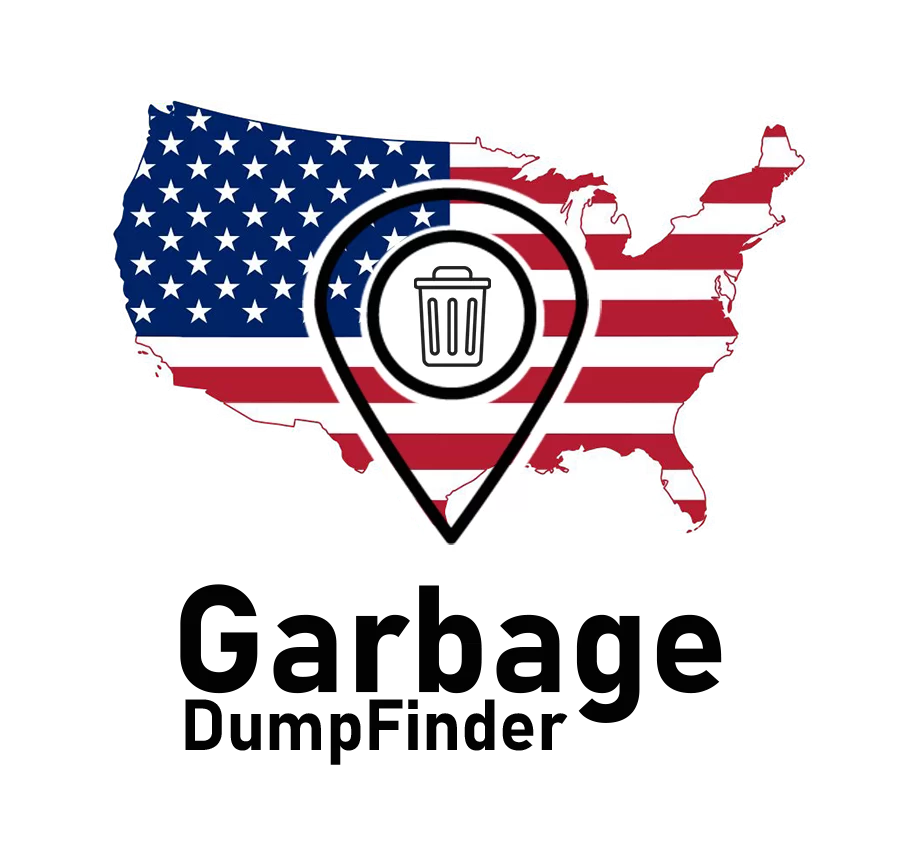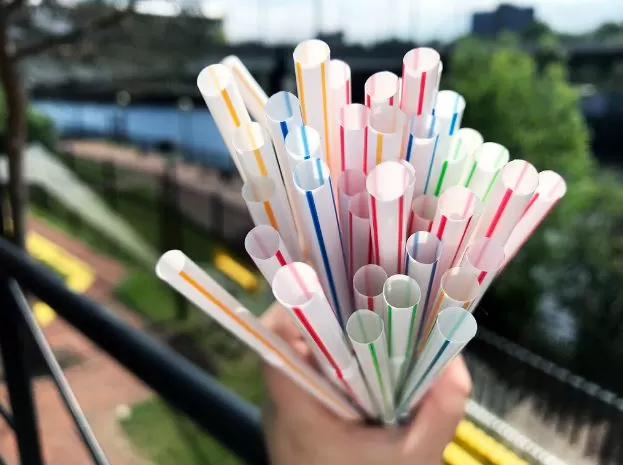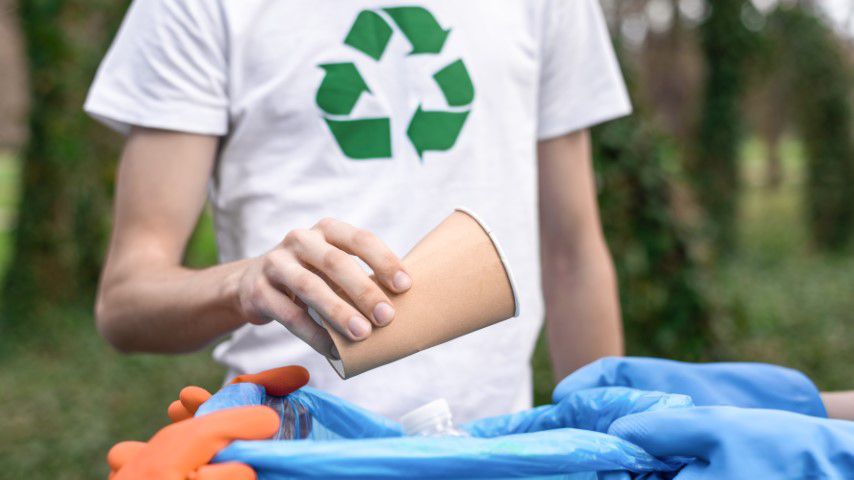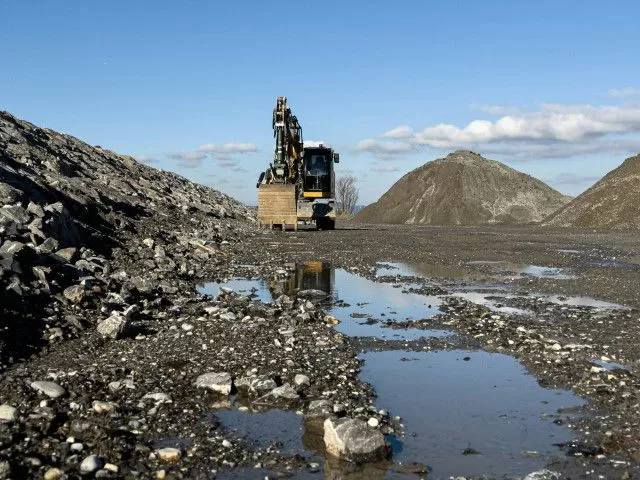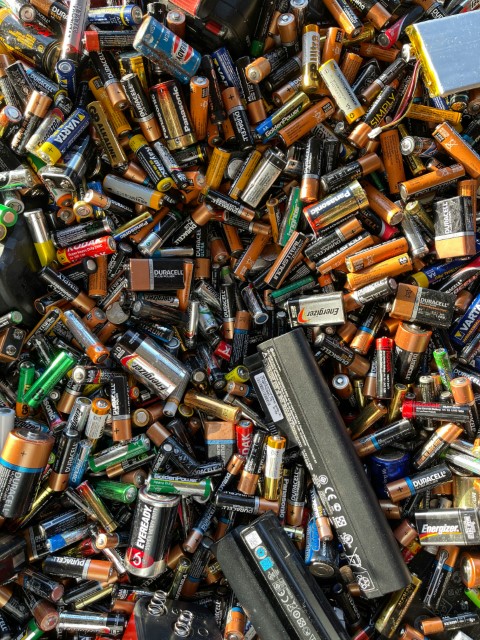
Imagine a world where yesterday’s trash becomes tomorrow’s treasure. It might sound like the stuff of science fiction, but across America, innovative recycling programs are turning that dream into reality. From repurposing plastic waste into eco-friendly building materials to transforming food scraps into nutrient-rich compost, these programs are doing more than just reducing landfill waste—they’re reshaping our entire approach to garbage. Let’s dive into some of the most creative and impactful recycling initiatives that are not only keeping trash out of landfills but also giving it a second life.
The Power of Plastics: Recycled into Something New
Plastic has long been the villain in the environmental narrative. It’s durable, versatile, and nearly indestructible—qualities that make it incredibly useful but also incredibly harmful when it ends up in landfills. However, innovative programs are finding ways to recycle plastic waste into something new and valuable.
1. Eco-Friendly Construction Materials
One of the most exciting developments in recycling plastic waste is the creation of eco-friendly building materials. Companies are now turning discarded plastic into durable bricks, tiles, and even lumber. For example, the startup ByFusion has developed a process to transform non-recyclable plastic waste into “ByBlocks,” which can be used in construction projects.
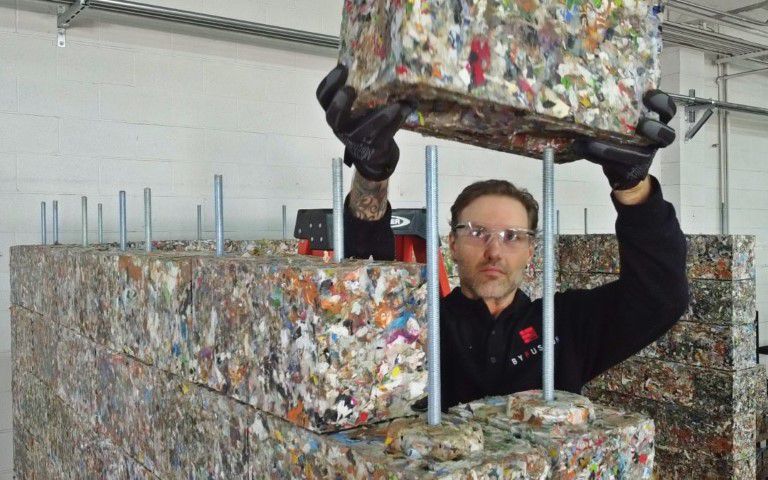
These blocks are as strong as conventional cinder blocks but are made entirely from plastic that would otherwise clog up landfills or pollute the oceans.
2. Turning Trash into Cash: Plastic for Pavement
Another innovative approach to recycling plastic is using it to pave roads. In several states across the U.S., pilot programs are testing the use of recycled plastic in asphalt. The plastic-enhanced roads are proving to be more durable and longer-lasting than traditional asphalt, reducing the need for frequent repairs and cutting down on the overall environmental impact of road maintenance. This not only helps reduce plastic waste but also offers a more sustainable solution for infrastructure development.
Food Scraps to Fertilizer: The Composting Revolution
Food waste is another major contributor to landfill volume, with millions of tons of uneaten food ending up in landfills every year. But what if we could turn all that wasted food into something valuable instead? Enter composting—an age-old practice that’s getting a modern, urban twist.
1. Citywide Composting Programs
Cities like San Francisco and Seattle are leading the charge with citywide composting programs. Residents are encouraged (and in some cases required) to separate their food waste from regular trash, placing it in dedicated compost bins. The collected organic waste is then transformed into compost, which can be used in gardens, farms, and landscaping projects. Not only does this reduce the amount of waste sent to landfills, but it also returns valuable nutrients to the soil, promoting healthier and more sustainable agricultural practices.
2. Community Composting Hubs
For those without access to a citywide program, community composting hubs offer a solution. These local initiatives provide drop-off points where residents can bring their food scraps, which are then composted on-site or transported to larger composting facilities.
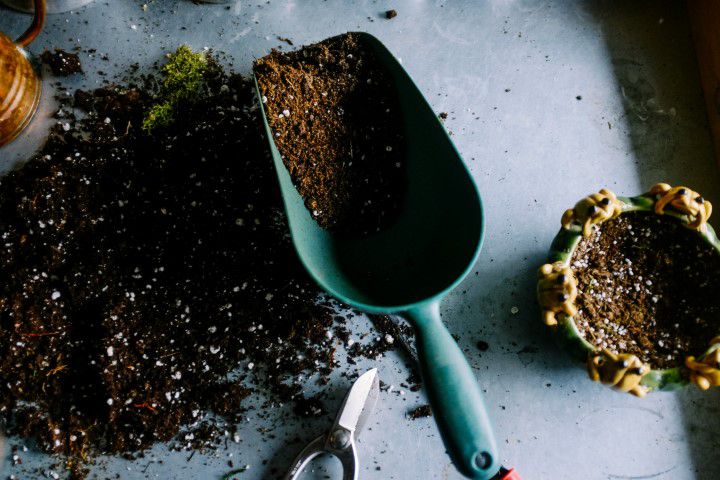
In some cases, participants receive a portion of the finished compost to use in their own gardens, creating a closed-loop system where waste is turned into a valuable resource.
E-Waste: Recycling the Digital Age
In our increasingly digital world, electronic waste (or e-waste) is becoming a significant problem. Old smartphones, laptops, and other gadgets often end up in landfills, where their toxic components can leach into the soil and water. Fortunately, innovative recycling programs are addressing this issue by finding new uses for old tech.
1. Tech for Good: Refurbishing and Donating Electronics
One approach to reducing e-waste is through refurbishing and donating old electronics. Nonprofit organizations like TechSoup and Computers with Causes collect used electronics, repair them, and donate them to schools, community centers, and low-income families.

This not only keeps electronics out of landfills but also provides valuable technology to those who might not otherwise have access.
2. Precious Metals Recovery
Another innovative recycling program focuses on extracting precious metals from discarded electronics. Many devices contain small amounts of gold, silver, and other valuable materials that can be recovered and reused. Companies like Dell have developed processes to safely extract these metals, which are then used to manufacture new electronics, reducing the need for mining and further conserving natural resources.
Creative Reuse: Turning Trash into Art and Fashion
Beyond traditional recycling, creative reuse is an innovative approach that transforms trash into something entirely new and often unexpected. From art installations to fashion lines, these programs are redefining what’s possible with recycled materials.
1. Trash to Art
Artists across the country are finding inspiration in what others might see as garbage. Programs like the Recology Artist in Residence Program in San Francisco give artists access to a treasure trove of materials recovered from the city’s waste stream. The result? Stunning sculptures, installations, and other works of art that not only captivate audiences but also raise awareness about the importance of recycling and waste reduction.
2. Fashion from Waste
The fashion industry is also getting in on the act, with designers using recycled materials to create sustainable clothing lines. Brands like Patagonia and Rothy’s are leading the charge, turning plastic bottles, fishing nets, and other discarded materials into stylish and functional apparel. These initiatives not only help reduce waste but also challenge the fast fashion model, encouraging consumers to think more carefully about their clothing choices.
A Greener Future: Expanding and Supporting Recycling Programs
While these innovative recycling programs are making a significant impact, there’s still much work to be done. Expanding access to recycling and composting, improving public awareness, and supporting policies that encourage waste reduction are all critical steps toward a greener future.
1. Education and Awareness
One of the biggest barriers to effective recycling is a lack of public awareness and education. Many people are unsure about what can be recycled or how to properly dispose of certain materials. Expanding education programs that teach people how to recycle correctly can help reduce contamination in recycling streams and increase the overall effectiveness of recycling programs.
2. Supporting Legislation and Policy
Policymakers play a crucial role in promoting recycling and waste reduction. Legislation that mandates recycling, provides incentives for using recycled materials, or imposes penalties for excessive waste can all help drive the expansion of recycling programs. Additionally, supporting extended producer responsibility (EPR) policies, which make manufacturers responsible for the end-of-life disposal of their products, can help reduce the amount of waste that ends up in landfills.
3. Investing in Recycling Infrastructure
Finally, investing in the infrastructure needed to support recycling and composting programs is essential. This includes everything from building new recycling facilities to improving collection and sorting processes. By making these investments, we can ensure that recycling programs are able to handle the increasing volume of waste and continue to reduce the amount that ends up in landfills.
Conclusion
Turning trash into treasure isn’t just a catchy slogan—it’s a reality thanks to innovative recycling programs across America. By finding new ways to repurpose waste, these initiatives are reducing landfill volumes, conserving natural resources, and even creating economic opportunities. But the success of these programs depends on continued support from individuals, communities, and policymakers alike. Together, we can build a future where yesterday’s trash becomes tomorrow’s treasure, and landfills are a thing of the past.
Sources
- U.S. Environmental Protection Agency (EPA) – Eco-Friendly Construction Materials
- ByFusion – Recycled Plastic Building Blocks
- Plastic Roads USA – Using Recycled Plastic in Asphalt
- San Francisco Department of the Environment – Citywide Composting
- TechSoup – Refurbishing and Donating Electronics
- Recology Artist in Residence Program
- Patagonia – Sustainable Fashion
- Dell – Precious Metals Recovery from E-Waste

Peter Lars has long been an advocate for reusing and recycling whenever you can. He has a passion for writing about every related to landfills and garbage dumps, and unlikely as that may seem.
Landfill Art: How Artists are Turning Trash into Creative Masterpieces
In a world where waste is often viewed as nothing…
Plastic Perils: How Single-Use Plastics are Filling Up America’s Landfills
Single-use plastics, those convenient yet disposable items like straws, bags,…
The History of Landfills in America: How Waste Management Evolved Over the Decades
The history of landfills in America is a fascinating journey…
The Circular Economy: Can It Solve America’s Landfill Problem?
As America grapples with its mounting landfill crisis, the concept…
Landfill Legacy: The Environmental Justice Issues Surrounding Waste Disposal in America
In the United States, the legacy of landfills is more…
The Role of Landfills in Climate Change: What Americans Need to Know
When we think about climate change, images of smokestacks, deforestation,…
